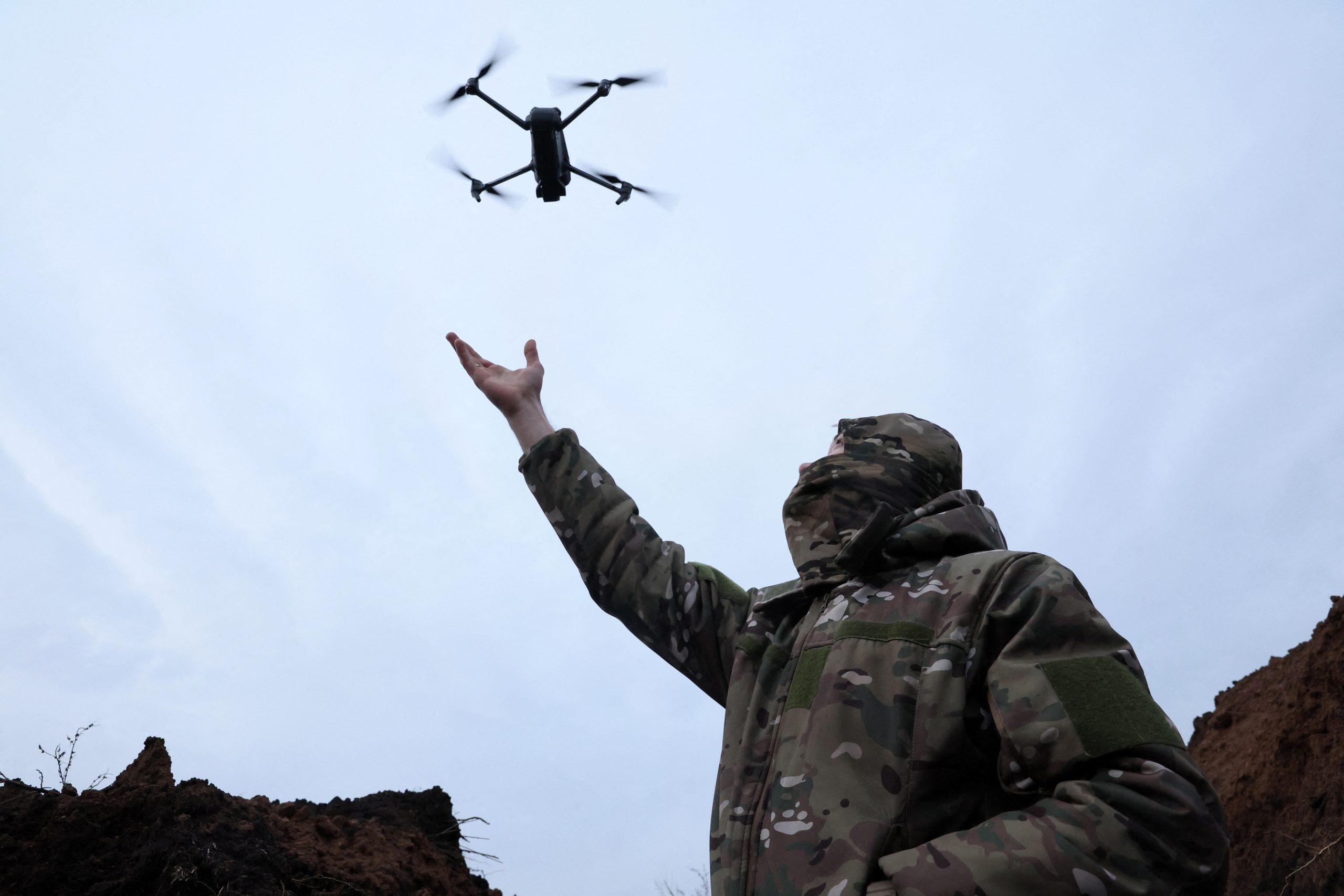Mike Martin

Not a single war goes by without commentators and pundits proclaiming that conflict has now changed forever. The latest outbreak is something different. It heralds a new style of warfare. We must reshape how we conduct the business of warfighting.
Often, these are observations stemming from a recognition of new technologies on the battlefield. Humans stopped throwing rocks and moved onto spears. The invention of torpedo-armed submarines created the need for new thinking about shipping. Ditto aircraft, satellites, and now drones: all have made their mark.
These changes can be highly significant — witness the almost-complete destruction of Armenian tank brigades by Azeri drones in their 2020 war over Nagorno-Karabakh. Sometimes, these new technologies burst into public and media consciousness, taking everyone by surprise except military insiders and thinkers. Arguments are made, new funds are allocated, and militaries adapt as fast as they can. It’s probably safe to say that Armenia will not consider any new conflict before it has acquired better anti-drone defenses, for example.
But sometimes, creeping changes in a broad area of scientific fundamentally change the ways in which we deliver force. So it is with miniaturization.
In the 20th century — a century of total, industrially mobilized war— there was a marked progression in military technology towards bigger, more powerful weapons and platforms. In this regard, the century began in 1906 when the Royal Navy launched HMS Dreadnought. Bigger, faster, and with heavier armaments than any other ship on the world’s oceans, it cost £1.8m (£250m, or $304m, in today’s money.) Dreadnoughts, the class of ship that took their name from the first, were eventually replaced by aircraft carriers.
The largest and most expensive carriers at the end of the century — the US Navy’s — cost an eye-watering $6bn each, and that price tag expanded hugely when the non-optional aircraft were added.
The same was true in the air. A Sopwith Camel — the iconic British biplane credited with more air-to-air kills than any other in World War I — cost around £1,800 in 1916 (£200,000 today, or about $243,000.) At the turn of the next century, J-35 Joint Strike Fighters cost around $73m each. It is true in almost every domain of war: from tanks to planes, to ships, and even nuclear weapons; the 20th century was one of bigger and more expensive when it came to military equipment.
No comments:
Post a Comment